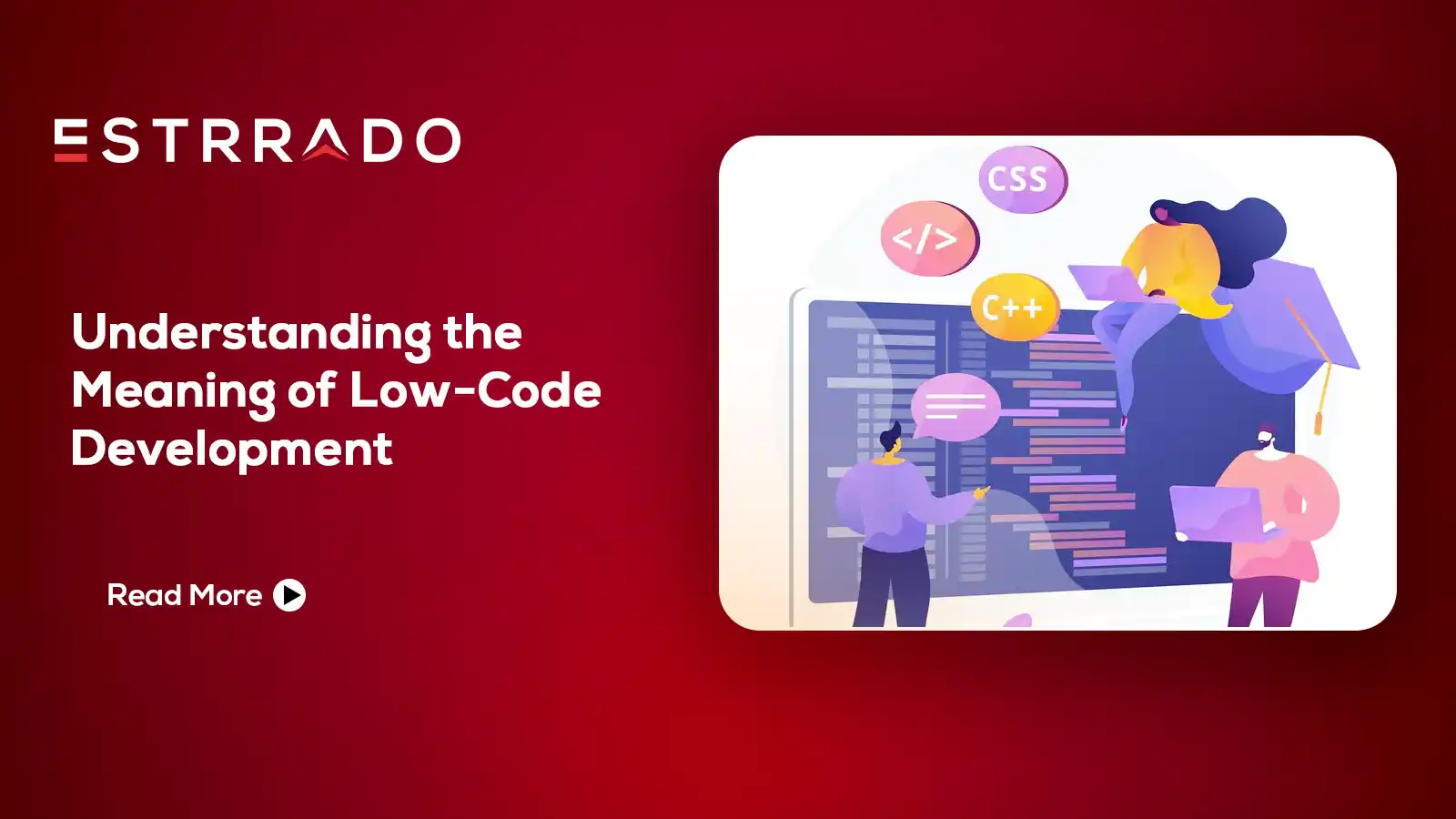Introduction
Malaysia, a vibrant nation in Southeast Asia, is experiencing a digital revolution, and at the forefront of this wave is its booming eCommerce scene. From humble beginnings in the late 1990s, online shopping has become an integral part of Malaysian life, driven by a tech-savvy population and a supportive government. But what exactly makes this market so exciting? Let’s dive in and explore the key drivers, trends, and opportunities that define Malaysia’s eCommerce landscape.
A Market on the Rise
Malaysia has a population of over 30 million, with a staggering 87% penetration of mobile internet. This tech-savvy population is increasingly turning to online shopping for convenience, wider selection, and competitive prices. As a result, the eCommerce market is experiencing exponential growth, with a projected value of USD 16.8 billion by 2025, placing Malaysia among the fastest-growing eCommerce markets in Southeast Asia.
Key Players and Platforms
The Malaysian eCommerce landscape is dominated by several key players, each catering to different segments and preferences. Shopee and Lazada are the undisputed giants, offering a vast selection of products across various categories. Other notable players include Zalora for fashion, Hermo for beauty, and Carousell for pre-loved items. These platforms often integrate innovative features like live streaming, gamification, and social media integration to engage customers and drive sales.
Estrrado is rising in significance as an IT solutions provider, specializing in eCommerce as well as ERP, CRM, and mobile apps. One of our most successful clients is Halal Food Master.
Mobile First, Always
Malaysians are mobile-first shoppers, with over 56% of online purchases happening on smartphones. This mobile-centric approach has led to the rise of mobile-optimized platforms and apps, making shopping seamless and accessible. Additionally, e-wallets like GrabPay and Touch ‘n Go have become the preferred payment method, offering convenience and security.
Beyond the Big Cities
While urban centers like Kuala Lumpur fuel the eCommerce boom, the growth is spreading to smaller towns and rural areas. This is thanks to improved internet connectivity and logistics infrastructure, making online shopping accessible to a wider audience. This trend presents exciting opportunities for businesses to tap into a previously underserved market.
Challenges and Opportunities
Despite its impressive growth, the Malaysian eCommerce scene faces certain challenges. Logistics and delivery costs remain high, particularly in rural areas. Additionally, concerns about product authenticity and cybersecurity need to be addressed to build trust and encourage wider adoption. However, these challenges also present opportunities for innovative solutions and improved customer experiences.
Looking Ahead
The future of Malaysia’s eCommerce scene is bright. The government’s initiatives to promote digital adoption and infrastructure development will further fuel growth. Additionally, the emergence of new technologies like artificial intelligence and social commerce will personalize the shopping experience and drive engagement.
Conclusion
Malaysia’s eCommerce market is growing rapidly, fueled by a tech-savvy population and mobile-first shopping habits. The future is bright, with government initiatives and emerging technologies driving innovation and personalization.
So, whether you’re a seasoned eCommerce player or just starting your journey, Malaysia’s thriving market offers exciting opportunities. By understanding the trends, challenges, and potential, you can position yourself to be part of this dynamic and ever-evolving landscape.
FAQs about Malaysia’s Booming eCommerce Scene
1. What are the most popular product categories in Malaysian eCommerce?
Fashion & beauty, electronics, sports & hobbies, and home & living are the top contenders, followed by groceries and personal care. However, niche categories like Muslim fashion and gaming are also experiencing significant growth.
2. How can I start selling online in Malaysia?
Several options exist, depending on your resources and needs. You can list your products on established marketplaces like Shopee or Lazada, create your online store using platforms like Shopify or Magento, or even utilize social media selling platforms like Facebook Marketplace.
3. What are the main payment methods used in Malaysian eCommerce?
E-wallets like GrabPay and Touch ‘n Go are dominant, followed by credit and debit cards. Cash on delivery remains popular in certain segments, especially outside major cities.
4. What are the key logistics considerations for selling online in Malaysia?
Fulfillment options range from in-house logistics to partnering with third-party providers. Understanding delivery rates and estimated delivery times is crucial. Consider offering multiple delivery options to cater to diverse customer preferences.
5. How can I build trust with Malaysian online shoppers?
Product authenticity is a major concern. Provide clear product descriptions, high-quality images, and customer reviews. Offer secure payment options and a transparent return policy. Consider participating in government-backed authenticity programs.
6. What are the upcoming trends in Malaysian eCommerce?
Personalized shopping experiences powered by AI, live streaming commerce, social commerce leveraging influencers, and the rise of omnichannel experiences blending online and offline shopping are major trends to watch.
7. Are there any government initiatives supporting eCommerce in Malaysia?
Yes, the Malaysian government actively promotes eCommerce through initiatives like the National eCommerce Roadmap and the Digital Malaysia initiative. These programs offer support and incentives for businesses and consumers alike.
8. What are the main challenges for foreign businesses entering the Malaysian eCommerce market?
Understanding local regulations, cultural nuances, and consumer preferences is key. Additionally, navigating logistics and finding reliable local partners can be challenging.
9. What are some resources for learning more about Malaysia’s eCommerce landscape?
Government agencies like MDEC (Malaysia Digital Economy Corporation) and MATIC (Malaysia Automotive, Robotics & IoT Institute) offer valuable information and resources. Industry reports, online communities, and eCommerce consultants can also provide valuable insights.
10. Is it a good time to enter the Malaysian eCommerce market?
With its rapid growth, diverse consumer base, and government support, Malaysia presents a lucrative opportunity for both local and international businesses. However, thorough research and a well-defined strategy are crucial for success in this dynamic market.








